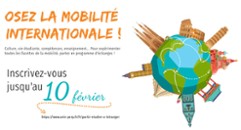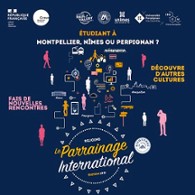Scientific Heritage
A+
A-
Aa
With a particularly rich heritage, the University of Perpignan has established a goal of preserving and enhancing its heritage. This includes marine samples brought back by the Tara Microplastics expedition, a collection of more than 1000 rice genomes, a collection of ceramic materials resistant to very high temperatures, and a collection of schistosomes responsible for urogenital bilharziasis. It also includes instruments, for the restoration of old books for example. As well as an exceptional archaeological and palaeontological heritage.
An inventory allows:
The University of Perpignan is strongly committed to the management and development of its scientific heritage. Through its scientific heritage, all of the richness of the past and present research activities of the University of Perpignan are highlighted.
WHY CARRY OUT AN INVENTORY?
The preservation and development of the scientific heritage are essential goals for our university, both for ethical reasons of transfer to future generations and for the enhancement of scientific activities.An inventory allows:
- A breakthrough in scientific research
- To implement conservation and valorisation actions
- To initiate scientific and pedagogical activities
- To anchor the University in its territory, its culture, and its heritage.
MISSIONS
The University of Perpignan is strongly committed to the management and development of its scientific heritage. Through its scientific heritage, all of the richness of the past and present research activities of the University of Perpignan are highlighted. - It implements ABS.
- It participates in the national mission to safeguard contemporary scientific and technical heritage (PATSTEC mission, see box).
- It inventories its heritage and works to preserve and promote it in real or virtual exhibitions.
The PATSTEC mission
This mission concerns the tangible heritage (objects that bear witness to public and private research, teaching, the stages from research to industrial product, as well as laboratory notebooks and other associated documents), and the intangible heritage (the memory of those who created or used these objects for research and development).
Date of update May 20, 2020











